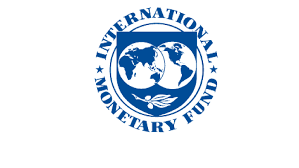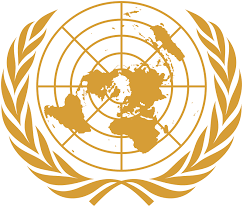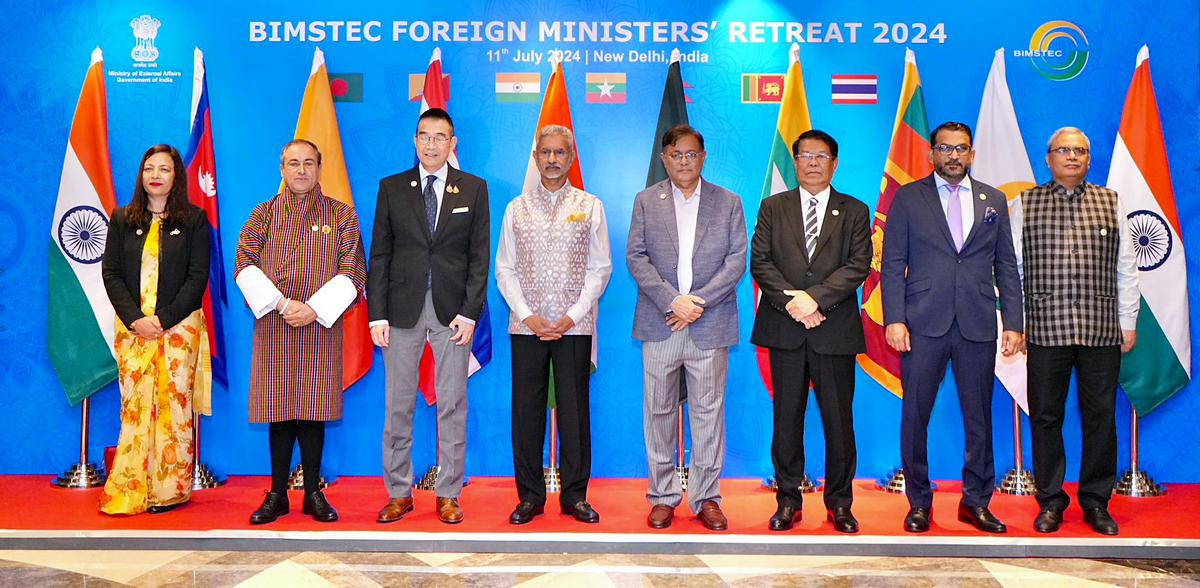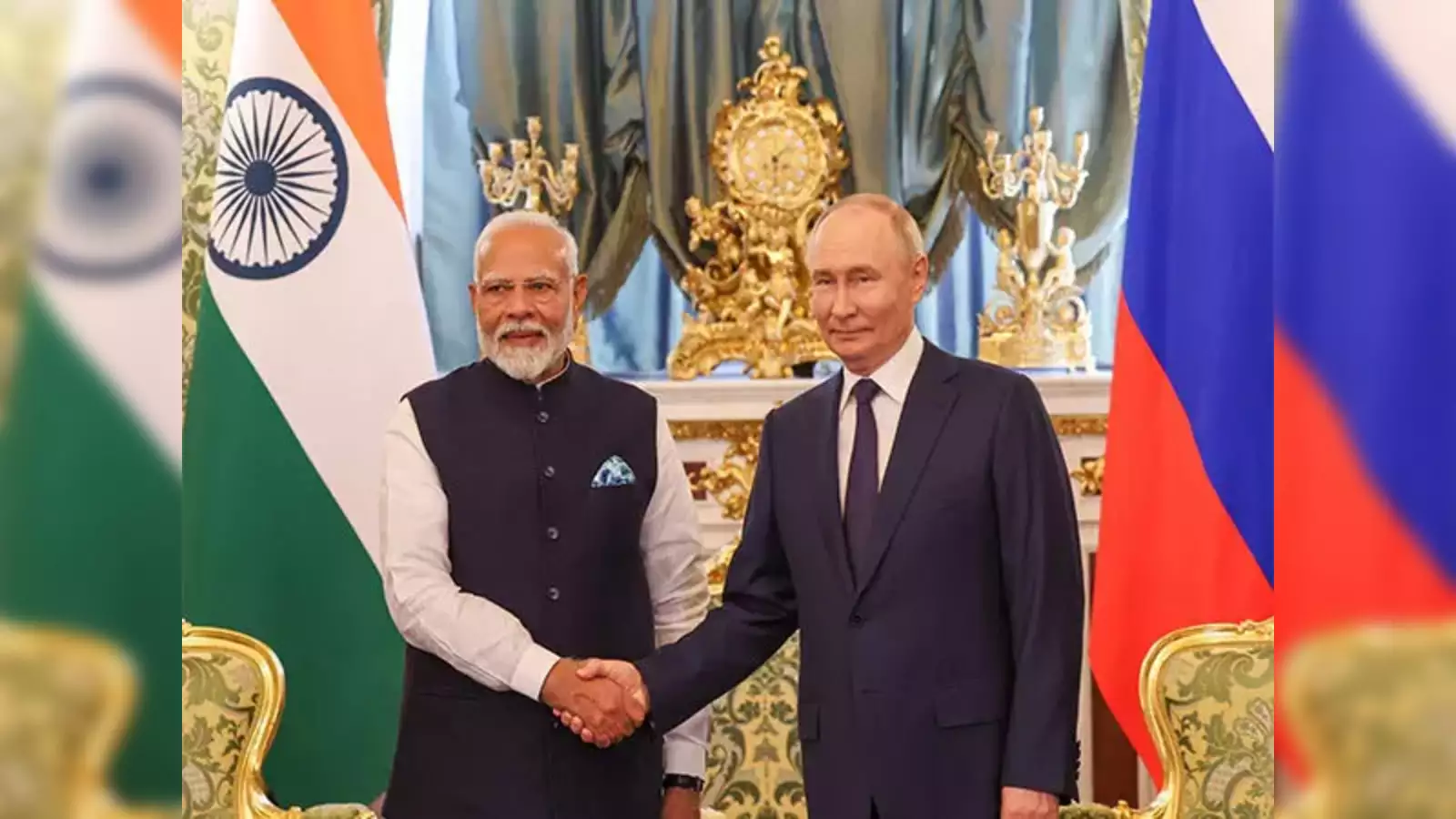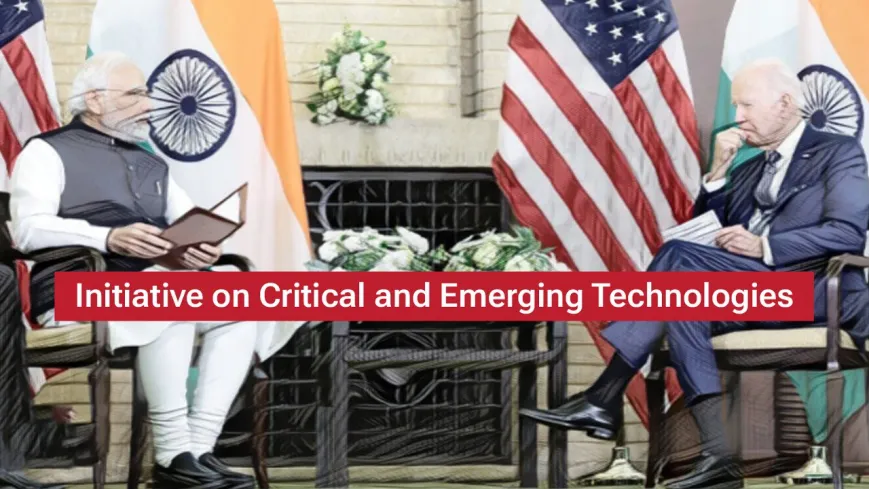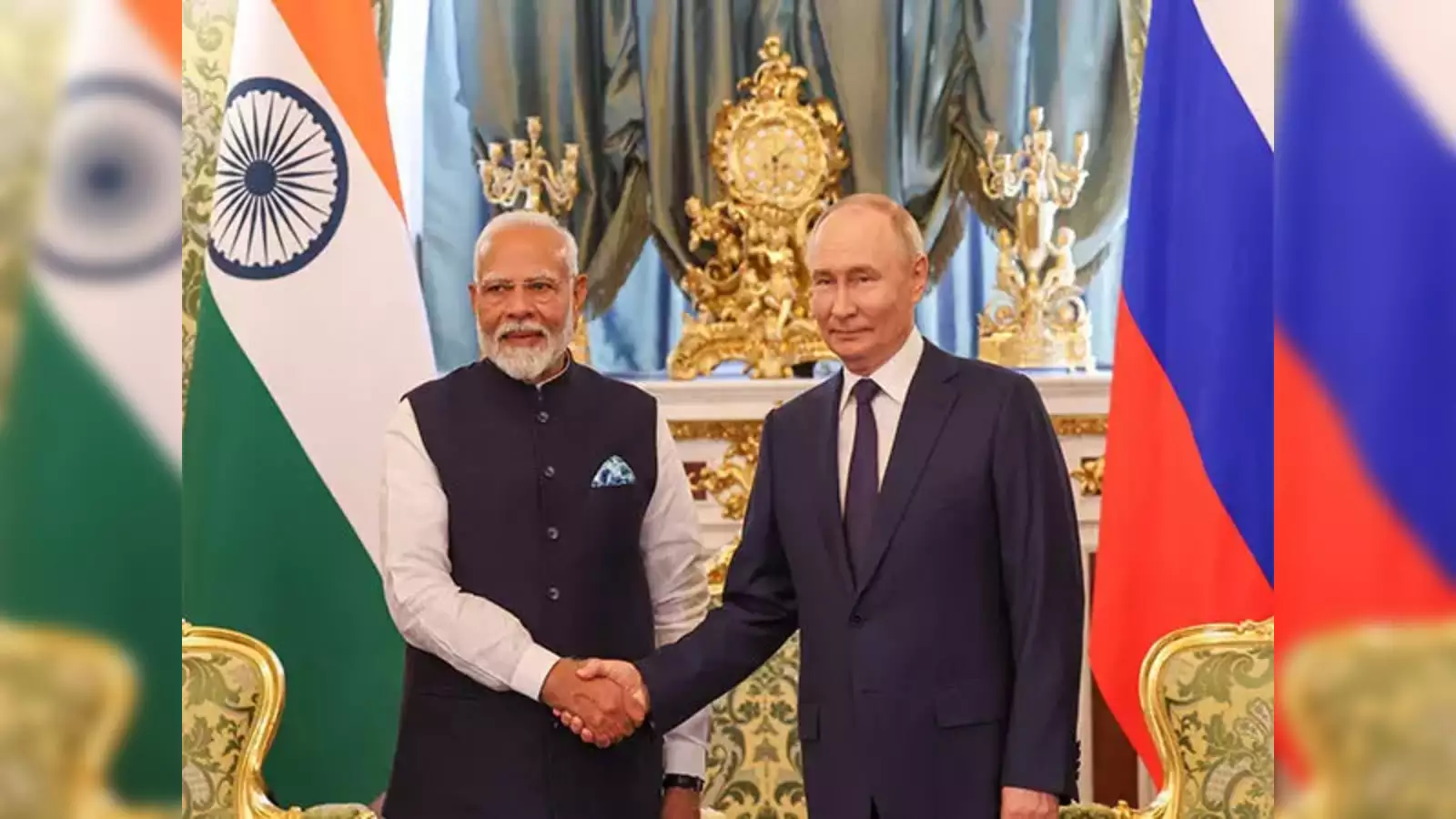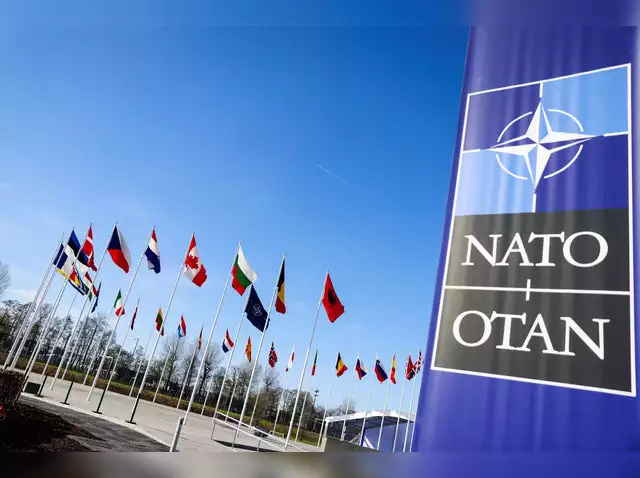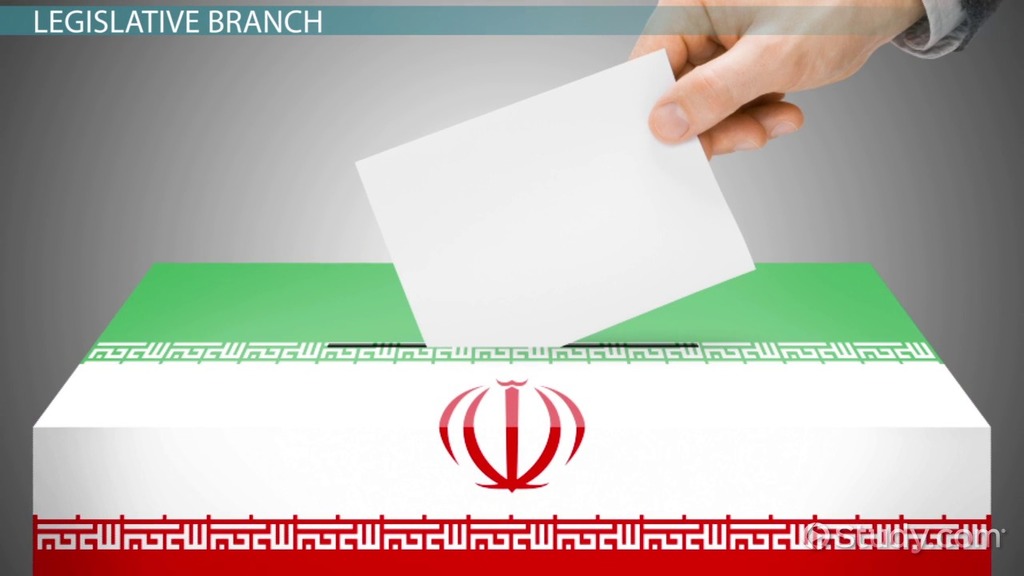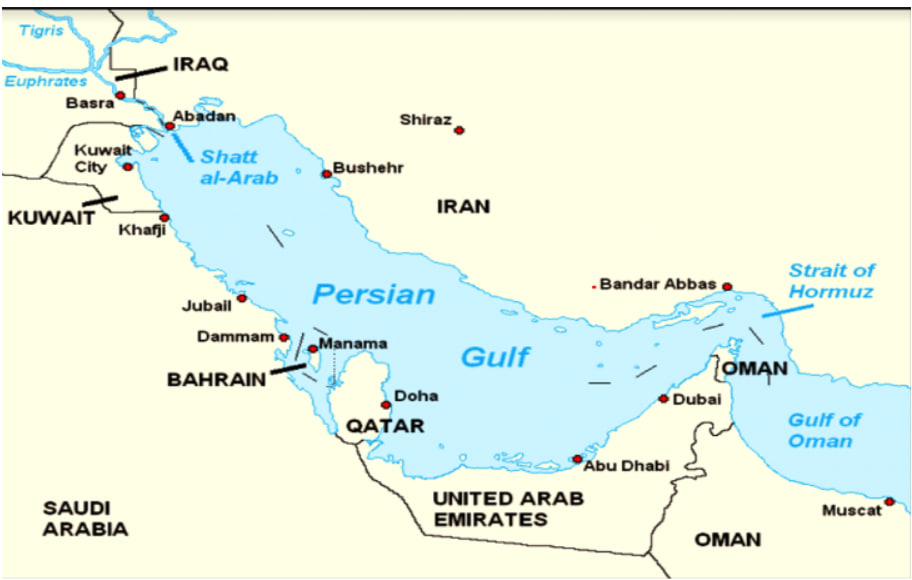The Hindu: Page 08
Syllabus: GS: 2: International Relations – Bilateral Relations
Practice Question for Mains: India-Nepal relations are characterized by both cooperation and contention, particularly in defense, disaster management, and water resources cooperation." Discuss the areas of cooperation between India and Nepal, along with the key challenges that hinder further collaboration.
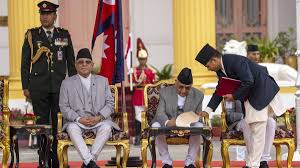
Context
- India-Nepal relations have faced significant challenges since 2015 due to constitutional disagreements and a blockade by India.
- The new leadership in both countries presents an opportunity to reset and stabilise relations, emphasising mutual respect, non-interference, and regional cooperation for greater stability and prosperity.
Background of India-Nepal Relations
- Relations between India and Nepal have been strained since 2015 when both countries had different prime ministers.
- The adoption of Nepal’s new Constitution in 2015, which India wanted amended, sparked bilateral turbulence.
- Despite initial assurances to India, Nepal promulgated the Constitution without amendments, leading to a significant downturn in relations.
Blockade and its Aftermath
- India imposed a six-month blockade on Nepal, ostensibly blaming Madhesi activists, causing significant hardship and fostering long-lasting resentment in Nepal.
- Nepal’s leadership reacted by signing ten agreements with China covering trade, transit, power, and transport.
- The blockade’s aftermath saw Nepal’s prime minister make provocative statements about historical and national identity, further straining relations.
Political and Diplomatic Dynamics
- Despite meetings between the prime ministers post-blockade, tensions persisted with provocative suggestions from Nepal about India’s national symbols.
- India’s 2019 political map update, which included disputed territories, led Nepal to amend its Constitution to assert its claims over these areas.
- India’s increasing involvement in Nepali governance and politics, including fielding advocates for its ideological positions, further complicated relations.
Challenges and Opportunities
- With India’s prime minister starting his third term and Nepal’s new leadership, there is an opportunity to reset and stabilise relations.
- The Indian government may need to revisit its approach to Nepal, emphasising policy corrections and mutual respect.
- The principle of non-interference, as part of the Panchsheel doctrine, should guide India’s engagement with Nepal.
Importance of Non-Interference
- India’s relentless engagement in Nepal’s politics contradicts the Panchsheel doctrine’s principle of non-interference.
- A hands-off policy could lead to a politically stable and economically energised Nepal, benefiting both nations.
- Nepal is a significant remittance-sending country to India, supporting livelihoods in some of India’s poorest regions, highlighting the mutual benefits of a stable relationship.
Internal Dynamics in Nepal
- The political chaos in Nepal has weakened its ability to engage on equal terms with India.
- Previous Nepali leaders have had varied success in maintaining balanced relations with India.
- The recently concluded prime ministerial term saw significant concessions to India, including agreements that potentially compromised Nepal’s sovereignty.
Hydropower and Economic Issues
- Nepal’s recent agreements with India, particularly in hydropower, have sparked controversy due to restrictions favouring India.
- The Indian Embassy in Kathmandu has been given unique privileges not afforded to other embassies, raising concerns about unequal treatment.
- Delinking Nepal’s hydropower from its water resources to bypass parliamentary ratification highlights the complexities of bilateral agreements.
Regional Cooperation
- The new leadership in Nepal has the opportunity to advocate for reviving the South Asian Association for Regional Cooperation, benefiting the entire region.
- India’s policymakers need to recognize Nepal’s non-negotiable friendship with China, which does not preclude strong ties with India.
- Balancing these relationships is crucial for regional stability and cooperation.
Historical and Cultural Context
- The historic and cultural ties between India and Nepal should be leveraged to improve relations.
- Misconceptions about Nepal in Indian academia and public opinion need to be addressed through better communication and outreach.
- Nepal’s open border with India, often seen as a security concern, can be a model for future peaceful South Asian integration.
Future Prospects
- Both nations need to move beyond historical grievances and power dynamics to forge a mutually beneficial relationship.
- Nepal’s new leadership must assert its sovereignty and engage with India on equal terms.
- India’s policymakers should adopt a more respectful and cooperative approach, recognizing Nepal as a distinct and important neighbour.
Conclusion
- The potential for a positive and stable relationship between India and Nepal exists, contingent on mutual respect and non-interference.
- By addressing outstanding bilateral issues and fostering regional cooperation, both countries can achieve greater stability and prosperity.
- Embracing a more balanced and respectful relationship will benefit not only India and Nepal but also the broader South Asian region.
Special Relations Between India-Nepal
• India has been assisting the Nepal Army in its modernization efforts by providing equipment and training.
• The two countries also engage in joint military exercises and other defense-related activities.
• The Gorkha regiments of the Indian Army recruit soldiers from Nepal and currently, about 32,000 Gorkha soldiers from Nepal are serving in the Indian Army.
• When a devastating earthquake struck Nepal in 2015, India provided swift assistance by sending rescue teams, relief materials and medical support.
• The total relief assistance from India exceeded $67 million.
• India also announced a post-earthquake reconstruction package of $1 billion, including grants and concessional loans, during an international conference on Nepal’s reconstruction.
- Infrastructure Development
• India has been actively involved in supporting Nepal’s development by providing assistance in various sectors such as infrastructure, health, water resources, education and rural development.
• They have collaborated on the development of border infrastructure, including roads and rail links.
• Indian investment in Nepal is significant, with Indian companies being major investors in various sectors.
- Water Resources Cooperation
• Cooperation in water resources, energy and trade is also important in the bilateral relationship.
• India-Nepal has agreements for power exchange and transmission and India currently supplies around 600 MW of power to Nepal.
• They have also established mechanisms to discuss issues related to water resources and hydropower cooperation.
• India’s contribution to human resource development in Nepal is noteworthy, with thousands of scholarships and seats provided annually to Nepalese nationals for various courses in India-Nepal.
• Cultural exchanges and initiatives to promote people-to-people contacts are an integral part of the bilateral relationship. Several agreements have been signed between Indian and Nepalese cultural and media organizations.
Challenges in India-Nepal Relationship
- Issues with Peace and Friendship Treaty: The 1950 Treaty of Peace and Friendship between India and Nepal guaranteed Nepali citizens free movement across the border and employment opportunities in India. However, some perceive this treaty as unequal and imposed by India.
- Territorial Disputes: Certain areas along the India-Nepal boundary, such as Kalapani, have remained unresolved. Nepal claims these territories as part of its own, while India inherited them from British colonial rule.
- Chinese Interference: In recent years, Nepal has been moving away from India’s influence and China has been stepping in with investments, aid and loans. China’s involvement in Nepal’s infrastructure projects through its Belt and Road Initiative poses a threat to Nepal’s role as a buffer state between India and China.
- Security Threat: The porous and poorly guarded border between India and Nepal allows terrorist groups to exploit it for smuggling weapons, ammunition, trained members and fake currency, which poses a significant security risk to India.
- Trust Deficit: The trust between India and Nepal has weakened over time due to India’s slow implementation of projects. Some Nepalese ethnic groups feel that India interferes too much in Nepal’s politics and undermines their political independence, leading to a dislike for India.
Way Forward
- Resolving Water Issues: International law on transboundary water disputes can guide diplomatic talks to resolve the issue.
- Investments: India should increase its investments in Nepal and focus on completing projects more quickly. Projects that benefit the local people will help create a positive image of India.
- Countering China: Given China’s influence, the government should quickly address challenges hindering economic cooperation and foster growth for both countries.
- Manage Border Dispute: Both parties should explore realistic solutions. The successful boundary dispute resolution between India and Bangladesh can serve as a model for the way forward.

